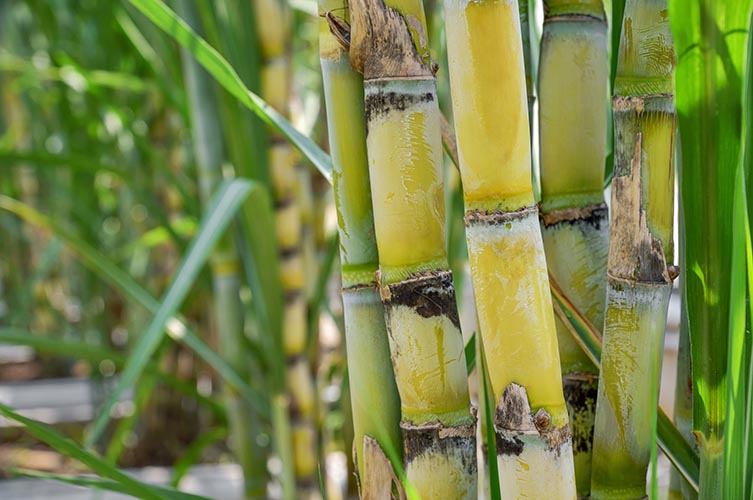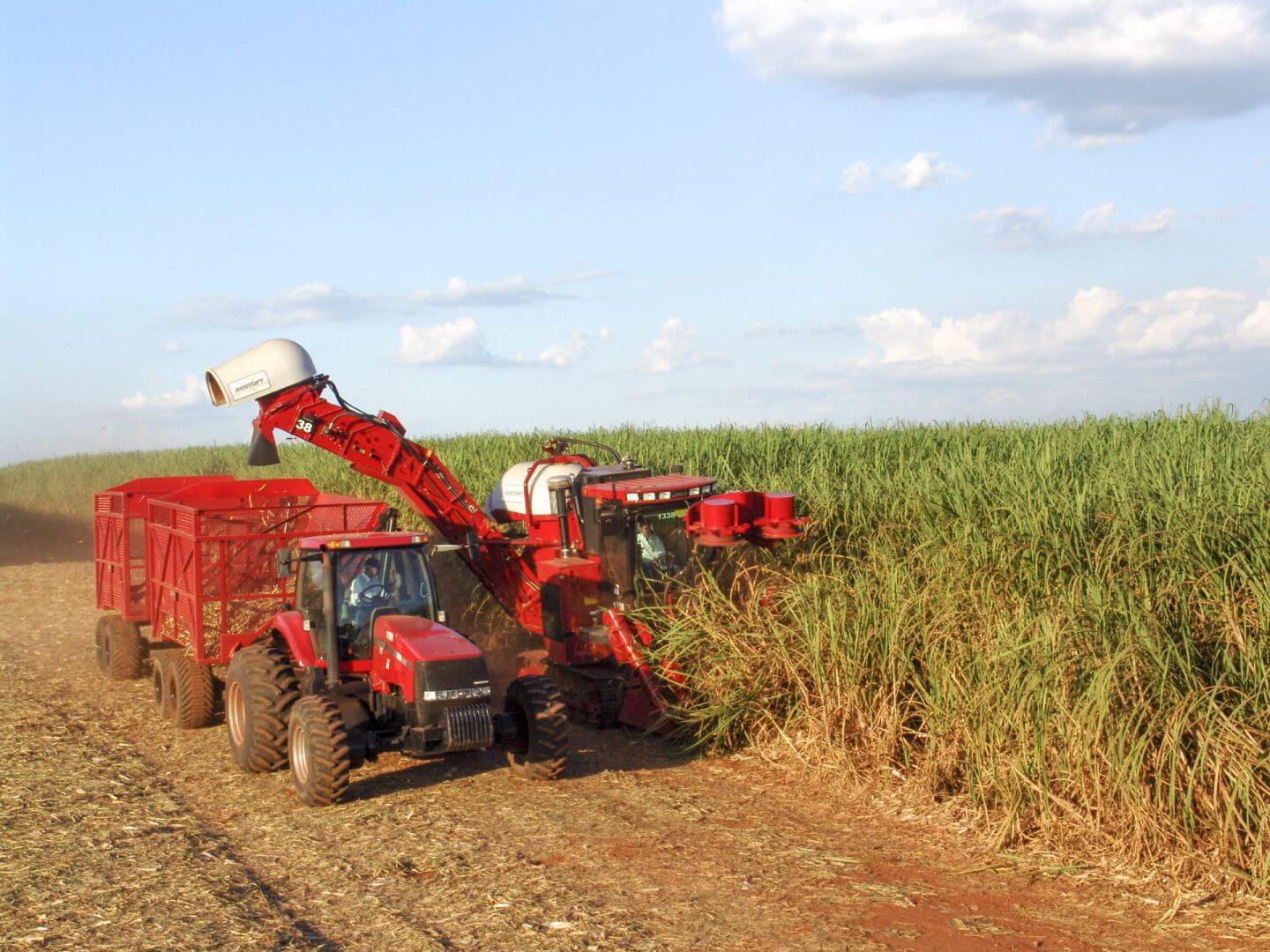What Are Sugar Canes Used For in Restaurants and Beverage Startups
Everything About Sugar Canes: What Are Sugar Canes Utilized For and Their Role in International Farming?
Sugar canes offer as a foundation of worldwide farming, largely identified for their duty in sugar manufacturing. They also add to the production of by-products like molasses and ethanol. These aspects not just support numerous markets yet likewise impact financial stability in country regions. The cultivation of sugar walking canes faces considerable ecological challenges. Comprehending their multifaceted function motivates additional expedition right into their farming techniques and sustainability initiatives.
The Agricultural Process of Sugar Cane Growing
Sugar walking stick growing may differ by region, the essential farming process remains regular. The very first step includes choosing high-yielding selections suitable for regional environments. Prep work of the soil is crucial, typically calling for tillage and the addition of plant foods to boost fertility. Planting usually takes place throughout the stormy season, with farmers using either whole stalks or cuttings to establish new crops.As the plants grow, they need attentive treatment, consisting of weed control, pest management, and irrigation, relying on the ecological problems. Farmers keep track of the sugar walking stick's growth cycle, which usually spans 10 to 24 months, before collecting. Collecting is labor-intensive, usually performed by hand or with specialized machinery, making sure marginal damage to the stalks. Following harvest, the cane is transferred to processing centers. This thorough farming procedure not just supports neighborhood economies but additionally plays a substantial duty in international farming methods, adding to food and energy supplies.
Sugar Manufacturing: From Walking Cane to Crystal
The trip of sugar production begins the minute fresh gathered sugar cane gets to refining facilities. The initial step involves cleaning and slicing the walking stick to prepare it for removal. Utilizing high-pressure rollers, the juice is extracted from the smashed walking cane, leading to a pleasant fluid called sugarcane juice. This juice undertakes information, where impurities are gotten rid of with the addition of lime and heat.Next, the made clear juice is focused by boiling it down to develop a thick syrup. This syrup is then crystallized by cooling down, allowing sugar crystals to form. The taken shape sugar is separated from the continuing to be syrup, referred to as molasses, via centrifugation.Finally, the sugar crystals are washed and dried, causing the familiar granulated sugar (What Are Sugar Canes Used For). This procedure changes raw sugar walking stick right into an item that is essential to numerous cooking and industrial applications, highlighting the importance of sugar in international agriculture
Biofuels and Sugar Canes: A Lasting Future
As the world progressively seeks lasting power services, sugar walking canes have arised as a promising source for biofuels. The biomass stemmed from sugar canes can be converted into ethanol, an eco-friendly gas alternative that markedly decreases greenhouse gas discharges contrasted to fossil gas. This procedure not just provides a cleaner energy source but additionally promotes power freedom for several countries.In addition, sugar cane growing supports rural economic climates by developing work in both farming and biofuel production industries. The usage of sugar walking canes for biofuel manufacturing also motivates agricultural diversity, which can improve soil health and wellness and lower reliance on solitary plants. Furthermore, the byproducts of sugar walking cane handling can be used for electrical energy generation, additionally adding to a lasting energy cycle. As nations endeavor to satisfy sustainable power targets, sugar walking canes are poised to play a vital duty fit a much more sustainable future in the biofuel landscape.

The Function of Sugar Canes in Drink Manufacturing
Sugar canes play a substantial duty in beverage production, functioning as a primary ingredient in rum and adding to the sweet taste of several sodas. In addition, their all-natural juices are utilized in different drinks, improving flavor and appeal. This flexibility highlights the value of sugar walking sticks in the global drink market.
Sugar Walking Stick in Rum
Rum production is elaborately linked to the farming of sugar walking cane, a crucial plant that offers the necessary fermentable sugars needed for fermentation. This procedure starts with the removal of juice from harvested sugar walking canes, which is then either fermented straight or processed right into molasses. Yeast is included to convert the sugars right into alcohol, leading to a diverse array of rum styles, from light to dark selections. The geographical region where the sugar cane is expanded significantly influences the taste profile of the rum, with aspects such as soil kind and climate having fun vital roles. Countries like Barbados, Jamaica, and Cuba are renowned for their rum production, showing the historic and social significance of sugar cane within the international beverage market.
Soft Drinks Sugar Source

All-natural Juice Manufacturing Makes Use Of
Along with its substantial duty in soft beverage manufacturing, sugar walking stick is likewise essential in the natural juice market. The juice removed from sugar walking cane, referred to as walking stick juice, is celebrated for its natural sweetness and distinct flavor account. This juice is commonly eaten fresh in numerous regions, particularly in exotic countries, where it is taken pleasure in as a rejuvenating beverage. In addition, walking cane juice functions as a base ingredient in a variety of all-natural fruit juices and healthy smoothies, enhancing both preference and dietary value. Its all-natural properties make it an eye-catching choice to sweetening agents, appealing to health-conscious customers. Generally, sugar walking stick's versatility in juice manufacturing highlights its significance in modern-day beverage offerings worldwide.
Technologies in Sugar Walking Stick Byproducts
Developments in sugar walking cane by-products are leading the method for sustainable remedies in various sectors. Biofuels stemmed from sugar cane offer an alternate power source, while innovations in sustainable product packaging are minimizing reliance on typical materials. These developments highlight the adaptability and potential of sugar cane past its main usage in beverage production.
Biofuels From Sugar Cane
Exactly how can the byproducts of sugar walking stick add to sustainable energy options? The conversion of sugar cane into biofuels presents a promising method for sustainable power. By utilizing the fibrous residue, recognized as bagasse, producers can produce bioethanol with fermentation processes. This bioethanol can work as a lasting choice to nonrenewable fuel sources, reducing greenhouse gas discharges and dependence on non-renewable resources. Additionally, molasses, one more by-product, can be fermented to create biofuels, making best use of resource efficiency. The energy generated from sugar walking stick not only supplies a cleaner gas source however likewise improves the general financial viability of sugar production. By incorporating biofuel manufacturing right into their procedures, sugar walking cane sectors can play a vital function in advancing sustainable energy solutions globally.
Sustainable Product Packaging Solutions
Lasting packaging options are increasingly being established from sugar walking cane byproducts, showcasing the flexibility of this agricultural staple. Developments such as biodegradable plastics stemmed from bagasse, the coarse deposit left after juice removal, are acquiring traction. These products use an environmentally friendly option to conventional plastics, reducing view dependence on nonrenewable fuel sources and reducing carbon this website footprints. In addition, sugar cane-based product packaging is compostable, damaging down naturally without harming the setting. Companies are currently checking out these options to straighten with customer demand for sustainability. As awareness of plastic contamination expands, the fostering of sugar cane-derived product packaging is expected to rise, placing sugar walking sticks as a principal in the shift to greener product packaging services in various markets.
Economic Impact of Sugar Walking Cane Farming

Sugar walking stick farming has deep roots in several economic situations, its economic effect prolongs far beyond agricultural manufacturing. This plant acts as a significant resource of income for millions of farmers worldwide, specifically in creating countries where farming is a key livelihood. Sugar walking stick adds to neighborhood economic situations through work production in growing, handling, and harvesting. The market also boosts growth in associated sectors such as transportation, devices production, and food processing.Furthermore, sugar walking cane is a principal in international trade, influencing worldwide markets and costs. Countries that create sugar walking stick often depend on exports to enhance their economic stability. The by-products of sugar walking stick, such as ethanol and molasses, branch out income streams for farmers and include value to the agricultural sector. On the whole, the financial ramifications of sugar cane farming are extensive, affecting not only farmers but also entire communities and national economic climates.
Environmental Considerations in Sugar Walking Stick Growing
While sugar cane farming plays an essential duty in numerous economies, it additionally raises substantial environmental problems that can not be overlooked. The considerable usage of fertilizers and pesticides in sugar walking cane farming often causes soil destruction and water contamination. Runoff from these chemicals can infect nearby water bodies, damaging aquatic ecosystems. Furthermore, the monoculture techniques common in sugar walking cane farming decrease biodiversity, making environments extra vulnerable to parasites and diseases.Deforestation is one more critical problem, as land is usually cleared to give way for sugar ranches, causing habitat loss for wild animals and enhanced carbon discharges. The high water intake required for sugar walking cane irrigation can strain local water resources, specifically in arid regions. As worldwide demand for sugar continues to increase, resolving these ecological challenges becomes imperative to guarantee sustainable techniques in sugar cane cultivation.
Frequently Asked Questions
What Are the Nutritional Advantages of Sugar Walking Stick?
The nutritional benefits of sugar cane mainly include its high carbohydrate web content, offering energy. Additionally, it includes vitamins, minerals, and antioxidants that may support general health and wellness, though moderation is crucial due to its sugar web content.
Just How Does Sugar Walking Cane Affect Resident Ecosystems?
Sugar cane cultivation can significantly impact neighborhood environments by altering land use, affecting biodiversity, and requiring considerable water sources. In addition, it may lead to soil destruction and chemical drainage, disrupting surrounding habitats and wild animals populaces.
What Is the History of Sugar Walking Cane Farming?

Exist Alternatives to Sugar Walking Cane for Sugar Manufacturing?
Alternatives to sugar walking stick for sugar production consist of sugar beets, corn, and numerous tropical plants like sorghum and agave (What Are Sugar Canes Used For). These plants provide diverse resources of sweet taste, each with distinct cultivation requirements and ecological effects
How Do Climate Patterns Impact Sugar Walking Cane Yields?
Climate patterns significantly affect sugar cane yields with temperature level changes, rains amounts, and seasonal cycles. Dry spell or excessive rainfall can prevent growth, while perfect problems improve photosynthesis, ultimately impacting the amount and quality of the harvest. The journey of sugar manufacturing starts the minute fresh gathered sugar cane arrives at refining facilities. The crystallized sugar is separated from the continuing to be syrup, understood as molasses, through centrifugation.Finally, the sugar crystals are cleaned and dried, resulting in the familiar granulated sugar. Rum click over here manufacturing is intricately connected to the farming of sugar walking stick, a vital plant that provides the necessary fermentable sugars required for fermentation. In addition, the monoculture methods widespread in sugar walking stick farming reduce biodiversity, making communities extra prone to parasites and diseases.Deforestation is another vital problem, as land is usually removed to make way for sugar plantations, leading to environment loss for wildlife and increased carbon discharges. Alternatives to sugar walking cane for sugar production consist of sugar beetroots, corn, and numerous tropical plants like sorghum and agave.